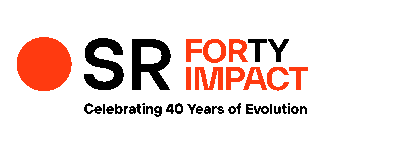Peering Beyond the Surface of Beauty
Sustainable or eco-friendly fashion brands are forecasted to grow in Vietnam, according to industry insiders. Consumers are becoming increasingly aware of the industry’s sustainable practices and unregulated supply chains. This gives fashion brands an opportunity to address societal and environmental challenges head-on through sustaining shared value.
The Benchmarking Company surveyed more than 2,000 individuals in 2019 and 2022 to uncover how consumer attitudes have changed regarding sustainable products. Today, 64% said that sustainability was important, up from 58% back in 2019. On the other hand, consumers also say that they have trouble finding products that are sustainable or animal-cruelty-free.
More than 61% surveyed in another poll said, “they struggle to tell whether a beauty product is ethically produced by looking at its packaging”. The study also revealed that younger consumers aged between 25-34 considered ethical shopping an important factor at 52%. Concerns about climate change continue to heighten sustainability expectations.
Attracting attention, naturally
The number of domestically-produced cosmetics in Vietnam increases year on year. The Vietnamese cosmetics industry begins to attract international attention. The development of manufacturing technologies and the drive for sustainable cosmetic brands are all contributing to the improvement of the local cosmetics and beauty industry.
Consumers perceive Vietnam as a country with copious natural ingredients. The tropical climate further reinforces the perception that cosmetic brands with ingredients produced in Vietnam are more “natural”, “environmentally friendly”, and “chemical-free”. But brands must walk the talk.
True beauty from inside out
Sustainable cosmetics in the industry are supported by three main pillars: ingredients, packaging, and operations. Local brands beginning their journey pay attention to sourcing as they begin on their sustainability journey. Coconut Religion, Nau Nau, and The Herbal Cup are examples of brands that are using certified organic, 100% locally-grown and natural ingredients. Another brand, Skinna, even goes on to include household ingredients such as eggs and turmeric in their exfoliants, positioning themselves as experts in ancient beauty tips and aligning their brand story with Hue royalty lineage
The majority of recyclable waste is not actually being recycled or it is difficult to recycle. Brands have taken on this challenge by minimising packaging and allowing the option to refill containers. Some have incorporated this lack of packaging straight into their operations.
Lại Đây Refill Station is a local convenience store that sells products in bulk, encouraging consumers to refill their containers. Other than the 3Rs (reduce, reuse, and recycle), Lại Đây goes a step further by offering a repair service for old items to increase product longevity.
The origins of sustainable growth
The global cosmetics market was valued at US$254 billion in 2021 and is expected to grow 5.3% compounded according to valuation reports. There is a trend moving towards organic products which are projected to be a large market opportunity up to 2028. Growing awareness about the origins of cosmetics and beauty products drives innovation in the industry at production levels and the consumer end.
Vietnamese cosmetic brands are uniquely positioned as both producers and consumer brands. This gives local brands an advantage in addressing sustainability challenges as expected by global consumers while promoting sustainably-produced, locally-sourced cosmetic products.
This article was first published in Sustainable Vietnam: A Focus on Sustainability, Partnerships, and Impact on 27 October 2022.









